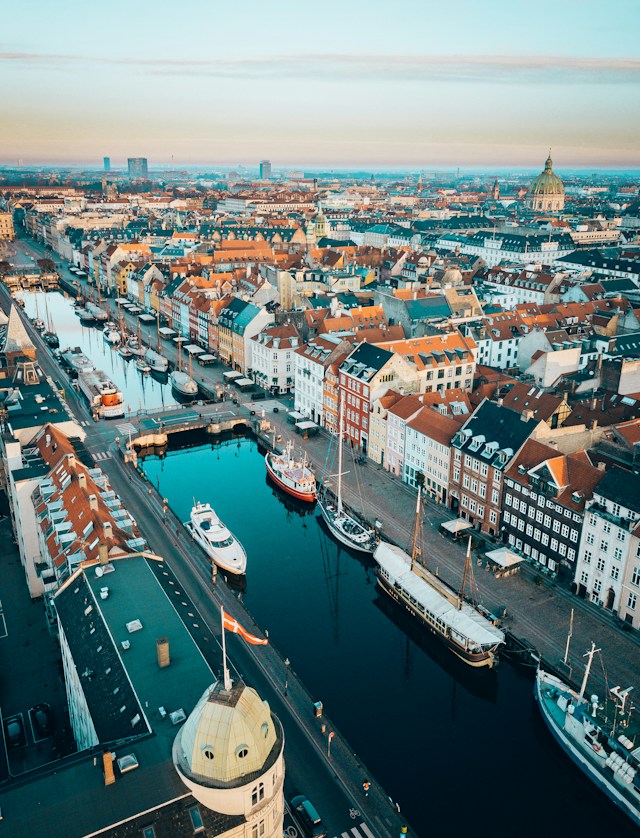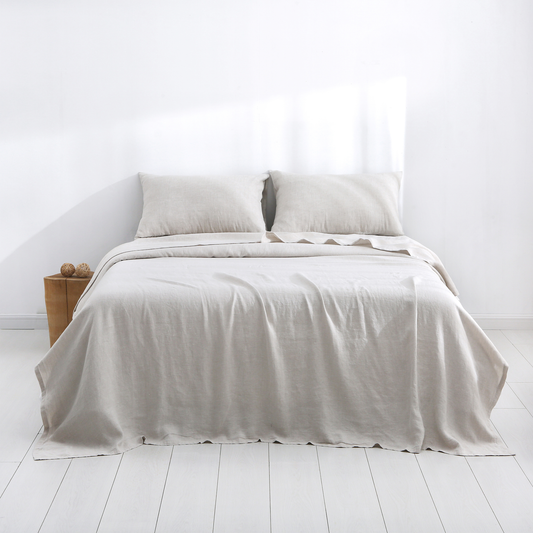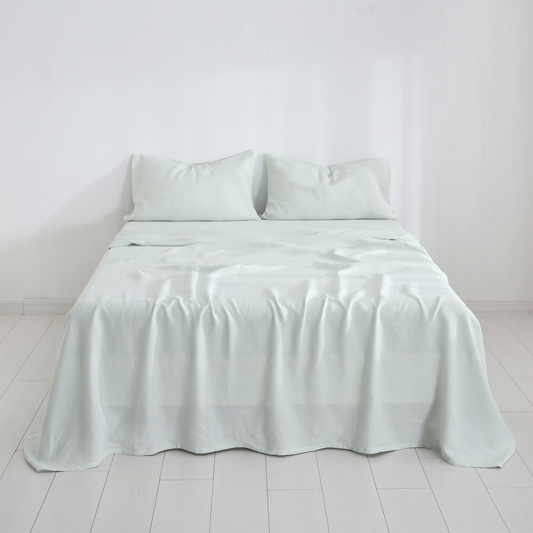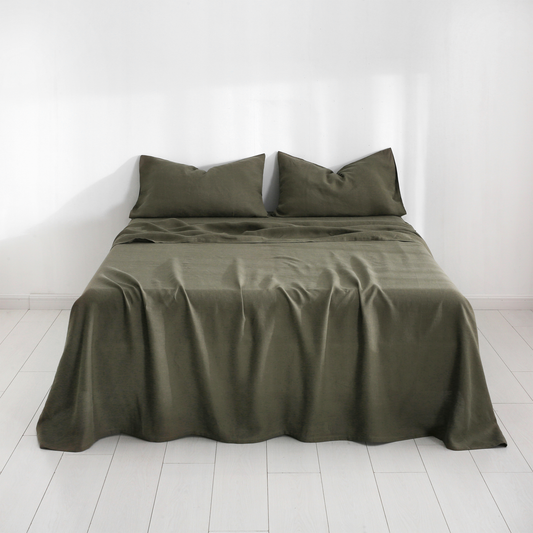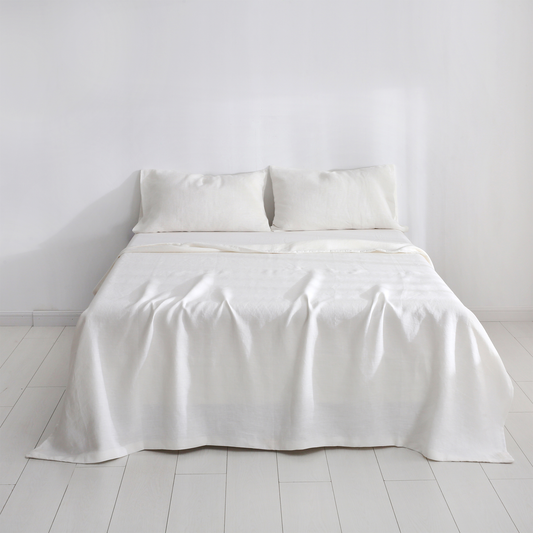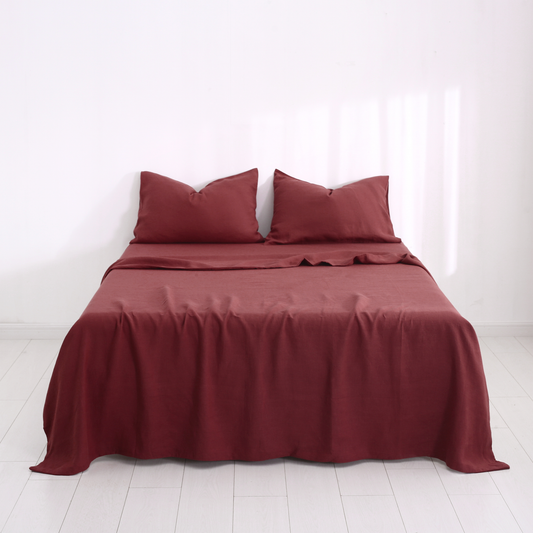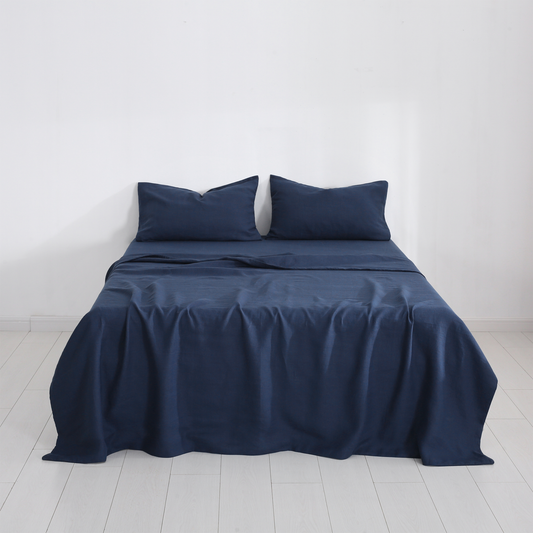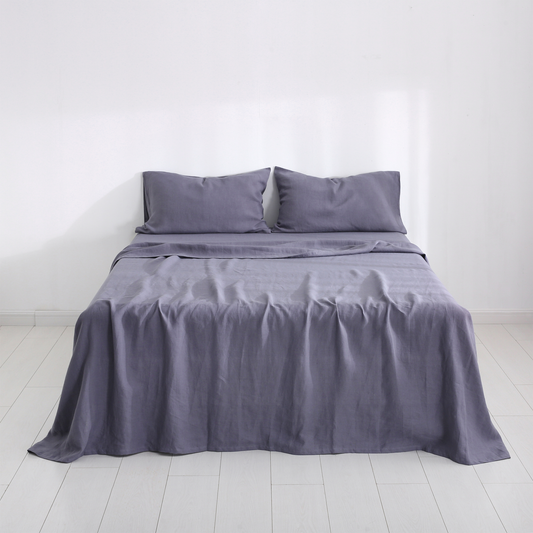Why is Copenhagen a City of Sustainability?
Once upon a time, in the heart of Denmark, there lay a city. The city embodied sustainability and innovation. Copenhagen has picturesque canals and vibrant street life. It wasn't just another European capital. It showed what cities can achieve with nature. In this city, every street is committed to sustainability. The same goes for every home and every heart. Many sustainable practices are embraced here. One stands out for its simplicity and age-old reliability: the use of hemp. It is used in products like bed linen, pillowcases, and other household essentials.
What makes Copenhagen a leader in sustainability?
Copenhagen has set ambitious goals for sustainability. It aims to become the world's first carbon-neutral capital by 2025. The city has invested a lot in renewable energy. It has also invested in sustainable transportation and green urban planning. For instance, over 50% of Copenhageners commute by bike. This is thanks to the city's many bike lanes.
Can you provide statistics to illustrate Copenhagen's commitment to sustainability?
A: Certainly! Copenhagen implemented the green roof policy in 2010. It mandates that new flat roofs must have vegetation. They must be under a 30-degree pitch. This applies to both private and public roofs on buildings with floor plans of over 50m². Furthermore, Copenhagen has cut its CO2 emissions by 42% from 2005 to 2019. This was despite a 20% rise in population. It shows that the city has decoupled economic growth from carbon emissions.
Who is building with hemp in Copenhagen ?
In Copenhagen, a big initiative is underway. It aims to use sustainable and climate-friendly construction methods. These methods prominently feature the use of hemp. The University of Copenhagen is leading this project. It includes many educational and research institutions. The project focuses on training carpentry apprentices in Denmark. They will learn to use biogenic materials. These include hemp, straw, and seaweed. They will use them in construction. This approach aims to cut the construction industry's carbon footprint. It fits with Denmark's broader commitment to environmental sustainability.
The initiative is part of the VIGOT project. The project is funded by the Novo Nordisk Foundation. It seeks to develop new, eco-friendly building materials and methods. For example, it makes exterior walls without traditional concrete. They use compressed hemp for insulation. This project introduces sustainable materials into construction. It also aims to add these practices to the standard ones in Danish construction.
Copenhagen leads in sustainability. Its use of hemp in construction mirrors Jo Dope's hemp bed linen. Both are comfortable and eco-friendly. It shows that a greener future comes from the link between city growth and personal comfort. Join Jo Dope's sustainable journey with their hemp bedding. You can be part of Copenhagen's green revolution from home.
Discover more and join the sustainability movement at Jo Dope.

